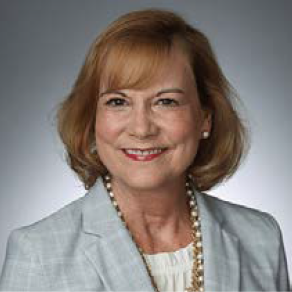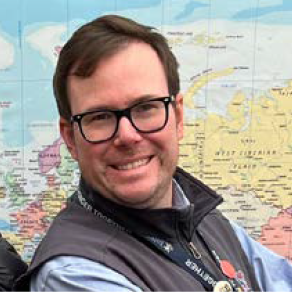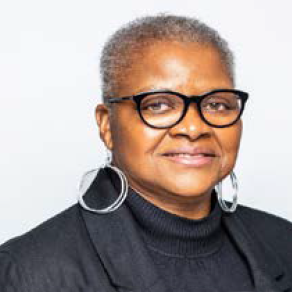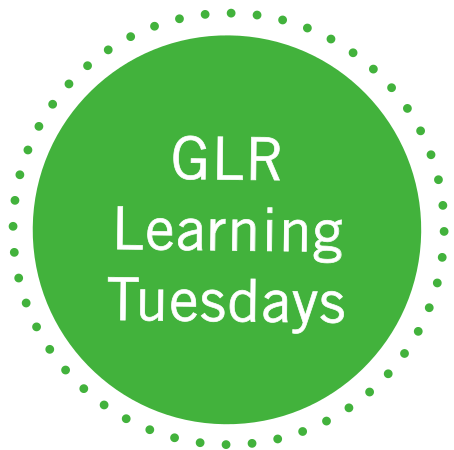
- This event has passed.
Kindergarten in Context: What Makes a Principal an Effective P-3 Leader?

This conversation brought together a panel of experienced education leaders who shared insights on how effective P-3 leadership supports high-quality early learning, fosters community partnerships and promotes equitable, developmentally appropriate practices that benefit all students from pre-K through third grade.
The moderator for the conversation, Kristie Kauerz, Ed.D, with the National P-3 Center, kicked off the discussion by sharing persistent and concerning achievement gaps in education, particularly in reading, using NAEP data that has showed stagnant progress. Kauerz shared that these gaps are even more pronounced for vulnerable student populations, especially following the COVID-19 pandemic. She emphasized that while high-quality pre-K programs have proven effective, the gaps present at kindergarten entry are prone to persist through elementary school if not addressed effectively.
This issue, Kauerz explained, is the driving force behind strong P-3 principal leadership:
Research has shown that replacing a below average elementary principal with an above average elementary principal can result in an additional 2.9 months of math learning and 2.7 months of reading learning each year. By the end of third grade, those students will have made up almost two full academic years of growth when their school is led by an above average principal.
Gracie Branch, Ph.D., of the National Association of Elementary School Principals (NAESP) then explained the work being done to help principals achieve those successes. Branch shared a glimpse of what is included in A Principal’s Guide to Early Learning in the Early Grades, a resource designed to help principals understand what quality early learning looks like in schools. Branch explained that the guide is structured around six competencies, each with four strategies, effective principal practices and reflective assessments for principals.
Continuous improvement in preK through third grade focuses on developing and supporting systems to provide ambitious whole child instruction, authentic relationships with families and that internal accountability to make sure you’re doing the work and doing it right.
Attendees then heard from three P-3 principals who shared their experiences in understanding the growing importance of their roles.
Jacob Ellsworth, principal at Hawthorne Elementary School in Everett, Washington, began by sharing how his experience in completing a certificate program at a P-3 Center allowed him to understand that the efforts put in early on for students can contribute to long-term success. That success, Ellsworth explained, can be developed through different practices, such as fostering strong parent partnerships in preschool and kindergarten, that can create a lasting sense of community for students and their families.
There’s such an opportunity early on in the grades to not only impact students academically but also within their community, and we can build upon that. The smaller the gap at the beginning, the less likely it is to widen.
Paula Bruno, Ed.D., principal at Indian Valley Elementary School in Sylacauga, Alabama, discussed her experience in prioritizing P-3 learning in her school as a way of creating a cohesive school environment. Part of this work, Bruno explained, required fully integrating the school’s pre-K program into the K-3 school community. Bruno ensures that pre-K students and families have the opportunity to participate in school events so they can understand the expectations when they move up to kindergarten. Bruno also touched on the importance of providing connections to resources for the P-3 community at her school:
I make sure that I build those relationships with parents, to highlight that I’m here to work with you and to help support your child. I try to connect families with library resource centers, recreation centers, early childhood centers. We work together.
Lastly, Gwendolyn Payton, former principal and current Instructional Superintendent for District of Columbia Public Schools, emphasized the importance of having strong P-3 principals who can recognize what high-quality education looks like in a classroom, including understanding what they should see, hear and expect from both students and teachers. In Payton’s experience advising the P-3 group in D.C., she’s seen that principals who work hard to develop their educators’ skill sets see positive outcomes:
I’ve found that with the principals I’ve worked with, once they really lean into the competency, they take it on, and it becomes part of their overall school fabric, and it lasts. That’s what makes it stick. It’s been amazing to witness.
If you were able to attend the session, we would love to hear your feedback! We appreciate your help in filling out the following form as we seek to learn and understand the perspectives, ideas, critiques and recommendations that better inform our key audiences.
Panel







